Lower Keys Marsh Rabbit
Eastern Cottontail
The Eastern Cottontail (Sylvilagus floridanus) is best known for the white puffy fur on its tail’s underside. Cottontails grow to 14 – 17 inches in length and weigh two to four pounds. Their cotton-like tail is most noticeable when they hop.
Cottontails can be found in woodlands, fields, briar patches, bushy areas, and yards. They are herbivores often seen dining on clover, grasses, and other green vegetation. When greens are not available, Cottontails will seek out young woody shoots and bark. You will often see these solitary rabbits in the early morning or evening.
Breeding can occur any time during the year but happens most often in February through September. In about a month, the mother cottontail will give birth to a litter of 4 – 7 rabbit kittens. Female Cottontails can produce 3-4 litters each year.
Cottontails will stand on their hind feet to look for predators such as hawks, foxes, coyotes, or weasels. When one is spotted, these speedy rabbits can run up to 15 miles an hour and hop distances of up to 15 feet in a single leap.

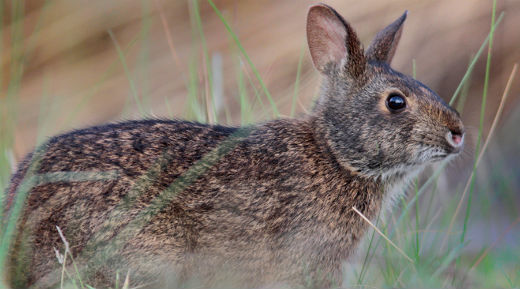
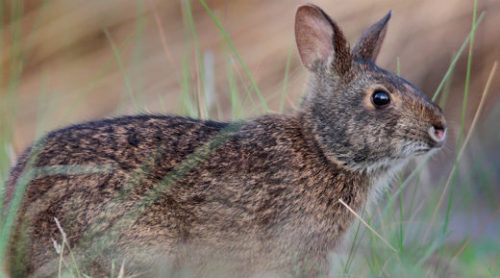
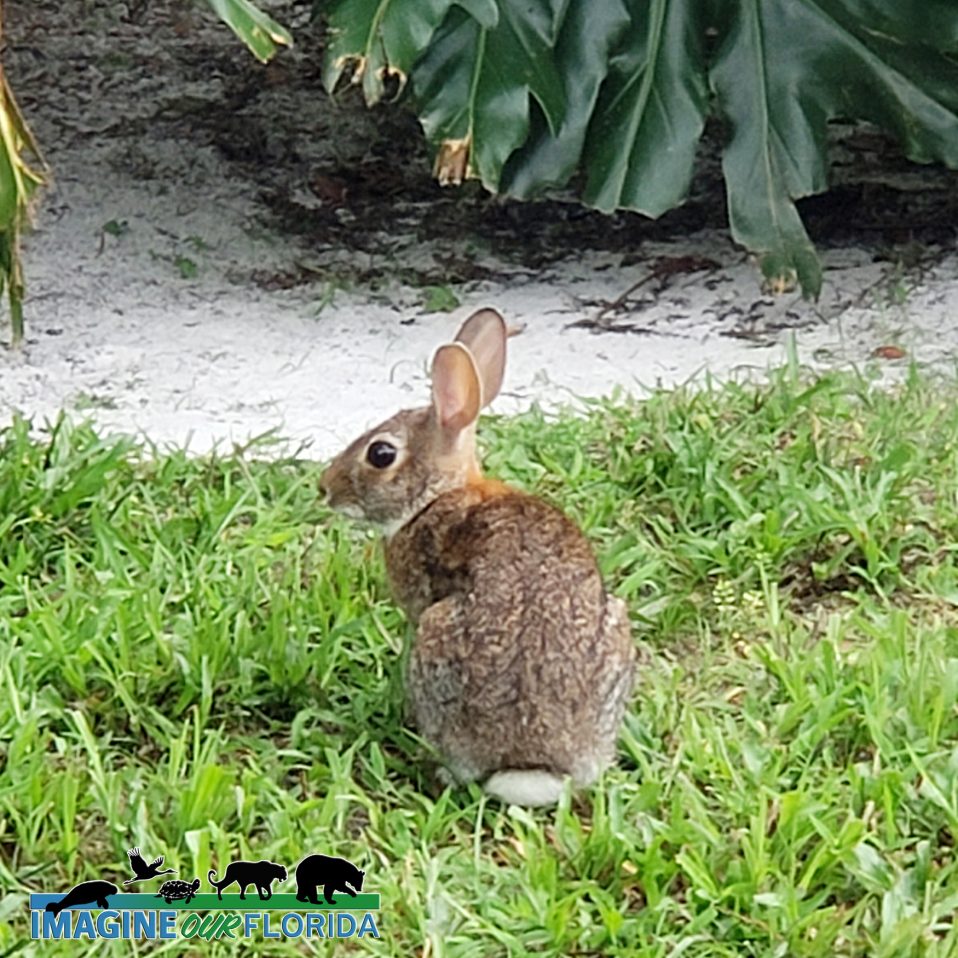
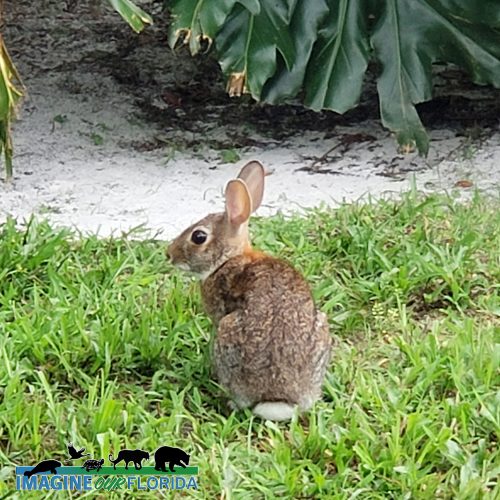
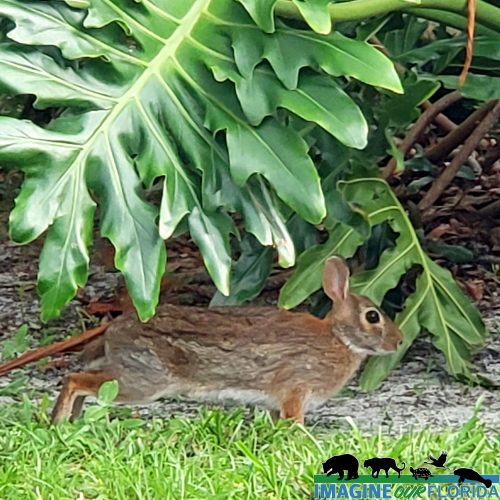
Recent Comments